Saprock
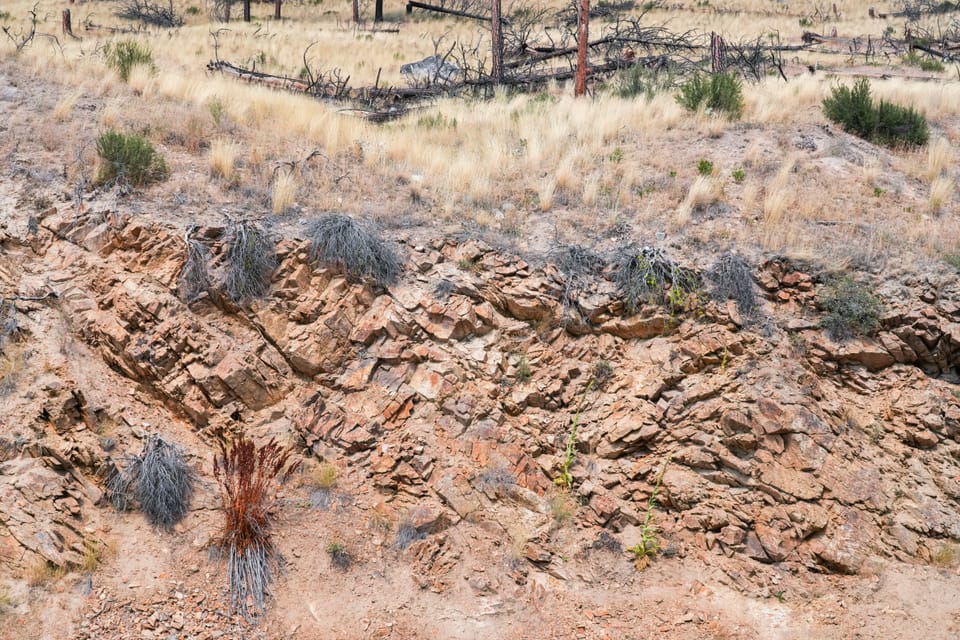
If you looked at the surface of the earth with all the vegetation removed, you'd see either soil or bare rock. This seems obvious, the earth is made of solid rock, and soil forms on top of the rock wherever it can. But the story isn't so simple—in between there's another layer that's little known and little studied.
The common misconception, even among scientists, is that all the life and vital ecological processes in the ground occur in the soil, particularly in the topmost layers of soil. For example, in a meta-analysis of 360 studies on underground ecology, 90% of the researchers focused on the top 12 inches of soil and ignored everything below that because they assumed that little of importance was happening down there.
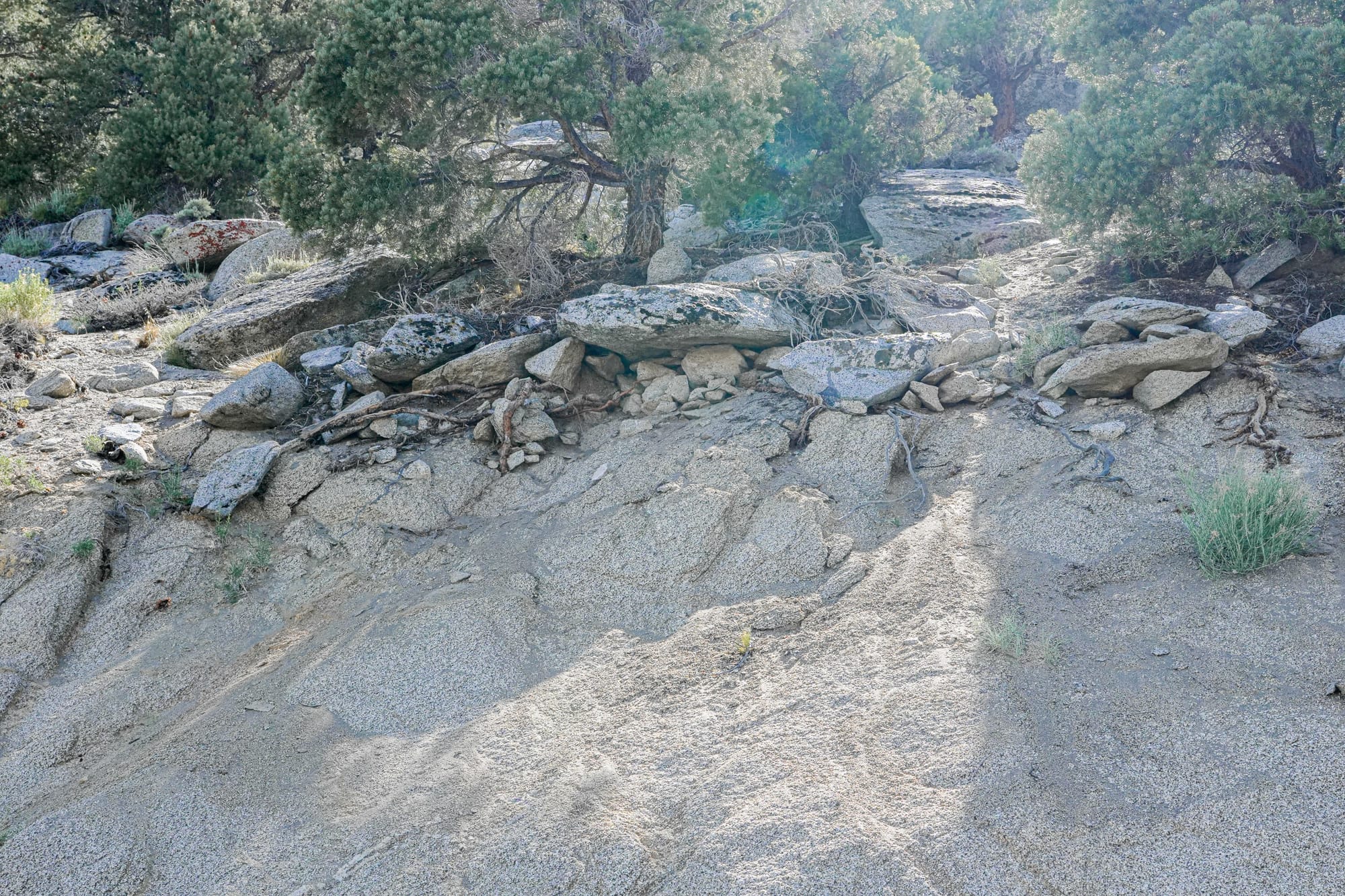
This blind spot is now being questioned and looked at more closely, and one reason is that saprock turns out to be far more important than anyone imagined.
To understand saprock, let's first think about bedrock, the pure solid rock that underlies everything on the earth's surface, whether on land or under the ocean. Bedrock forms at great depths, under tremendous pressure and heat, but as deep rocks are pushed to the surface they begin to expand and crack due to temperature changes, the release of pressure, and the pushing and grinding of the earth's plates.
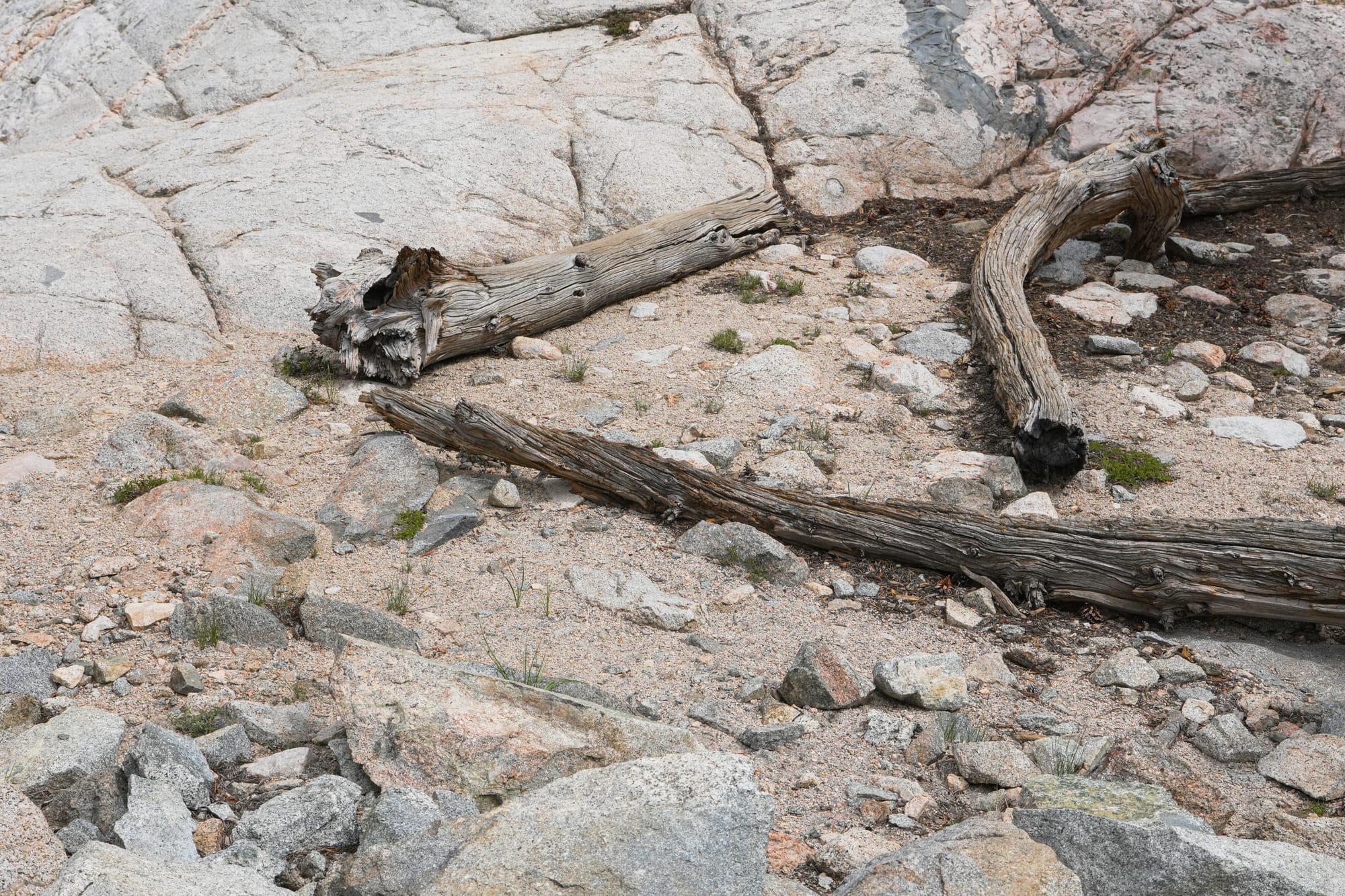
Some of this cracking occurs in gigantic faults that run for hundreds of miles, or cause mountain ranges to lift and collapse, but on an entirely different scale the entire upper surface of bedrock becomes riddled with spiderwebs of nanocracks down to the size of individual mineral grains.
These cracks, both big and very, very small, represent the first steps in the weathering and breakdown of bedrock. And then water and acids begin to percolate into these cracks, decomposing the bedrock into smaller and smaller pieces, and eventually transforming bedrock into soil.
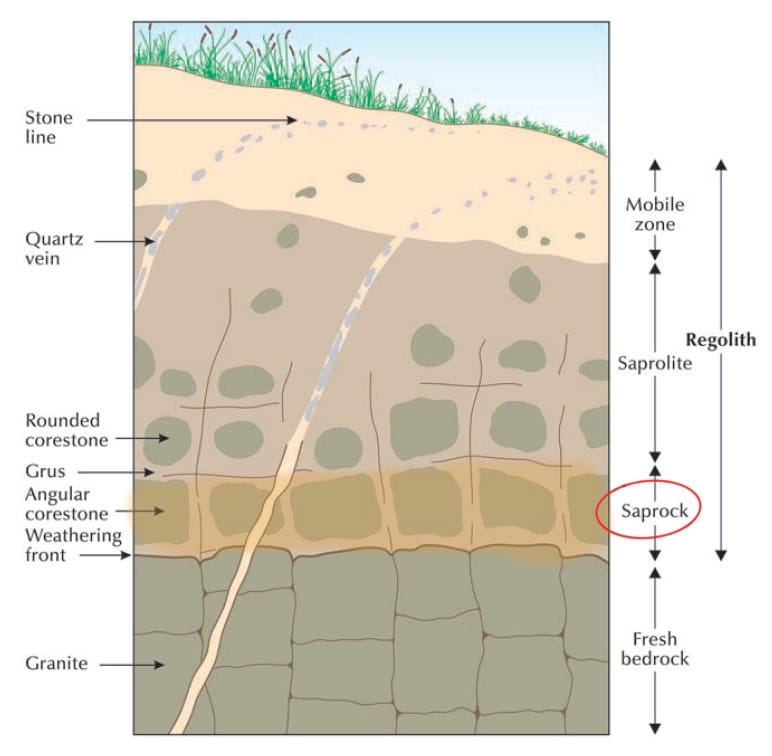
The zone where bedrock begins to crack and break down is called saprock, which means "rotten rock" (from the Greek word sapros), and this zone can be found inches below the surface under thin soils or dozens of feet down under thick soils.
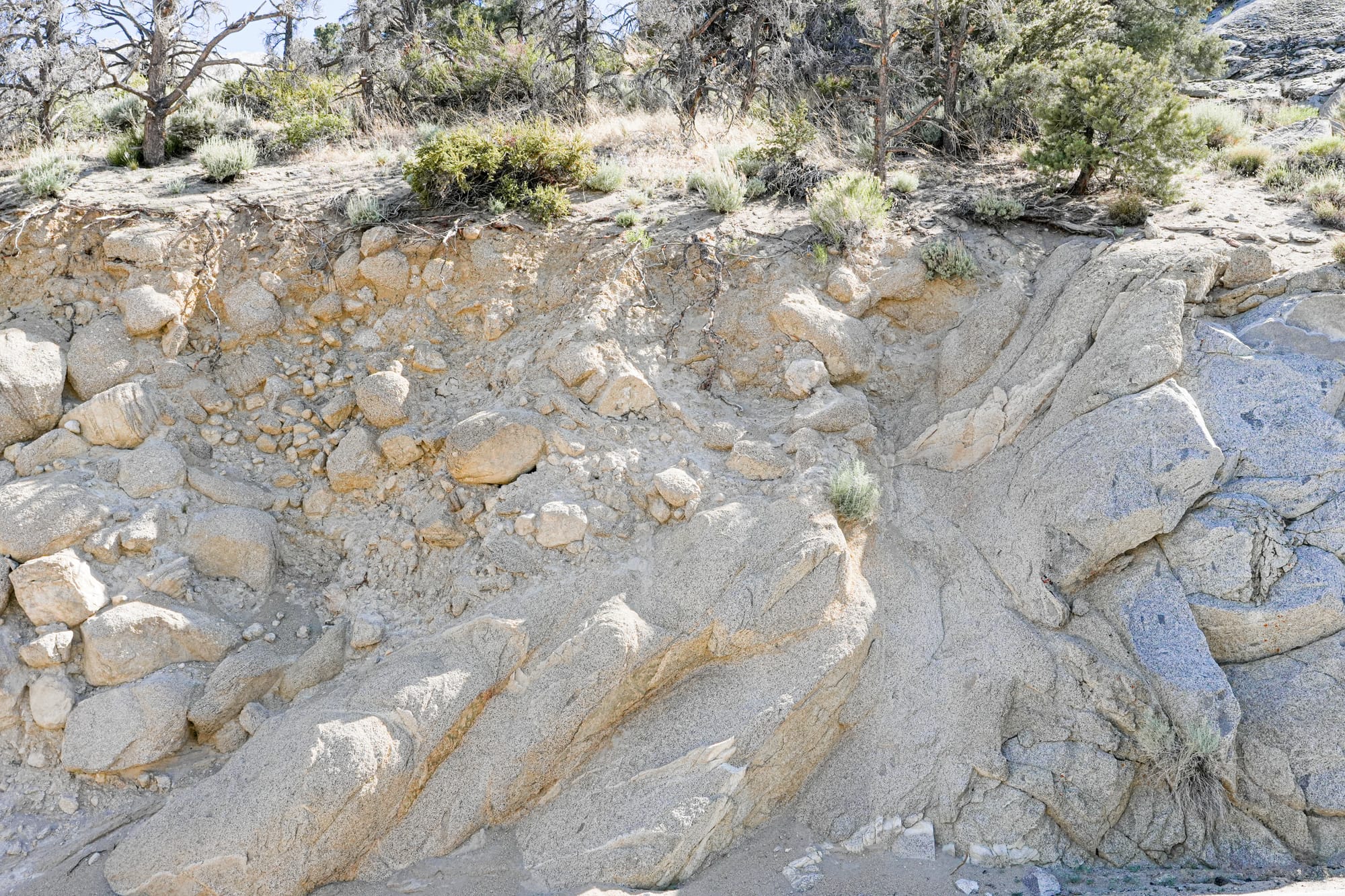
Why is saprock so special? Well, one obvious reason is that these cracks store water. In one study where the soil was less than 3 feet deep, the saprock was 45 feet thick and held 70% of the water being stored on top of the bedrock. We all know that plants depend on water in the soil, but water stored in the soil often runs out during the summer, so water stored in saprock is critical for the survival of many plants and forest ecosystems.
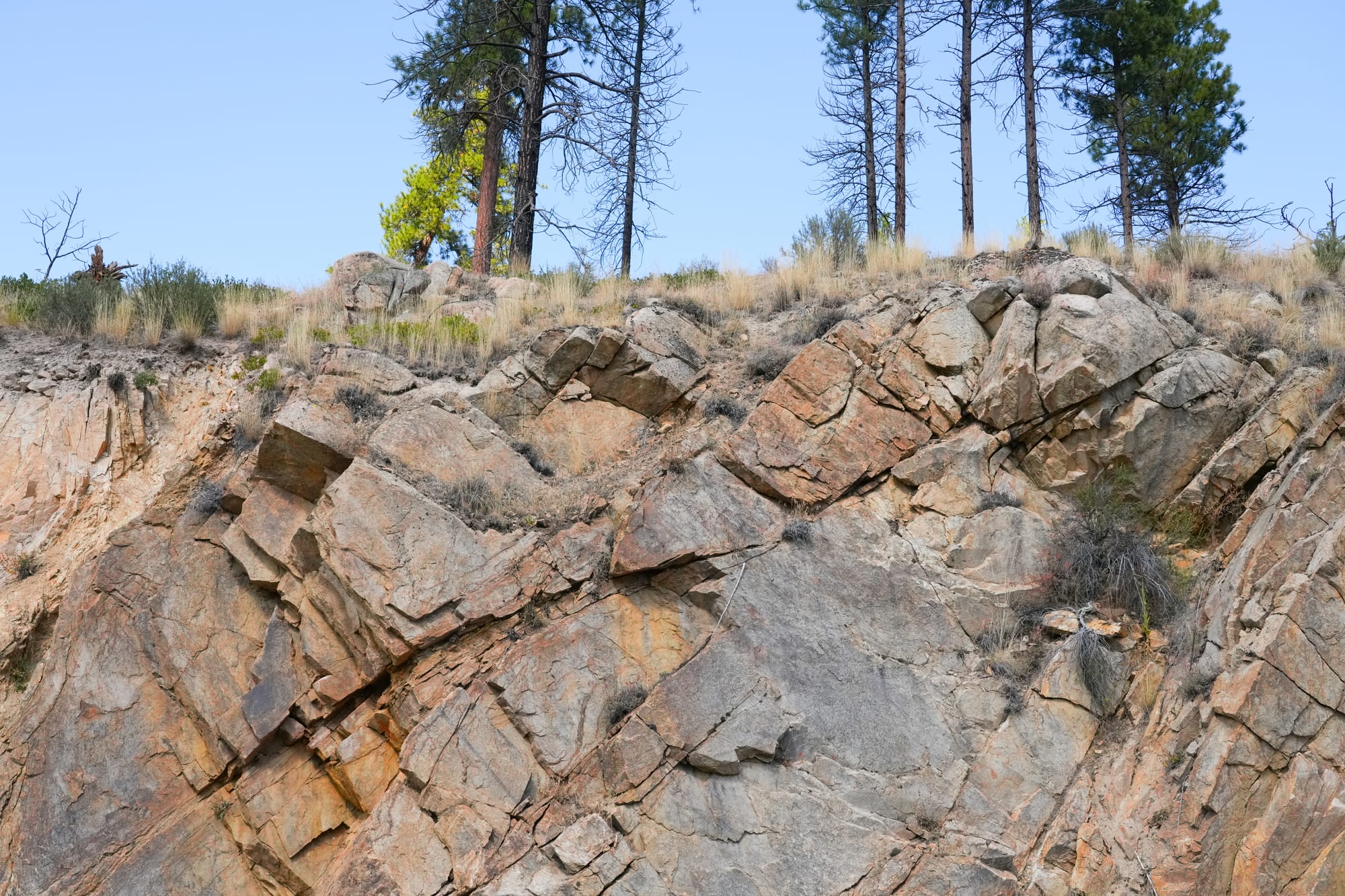
What's less obvious is that while plant roots cannot reach into nanocracks to access this stored water, the hyphae of mycorrhizal fungi extend abundantly into these cracks and actively transport water to plant roots.
What's even more surprising is how much organic carbon is stored in saprock. Scientists are now realizing that 30% of all organic carbon found underground is located in saprock and shockingly this carbon (which is a byproduct of life) is a mix of both new and very old organic matter. This suggests that there is a dynamic cycling of carbon into and out of the saprock.
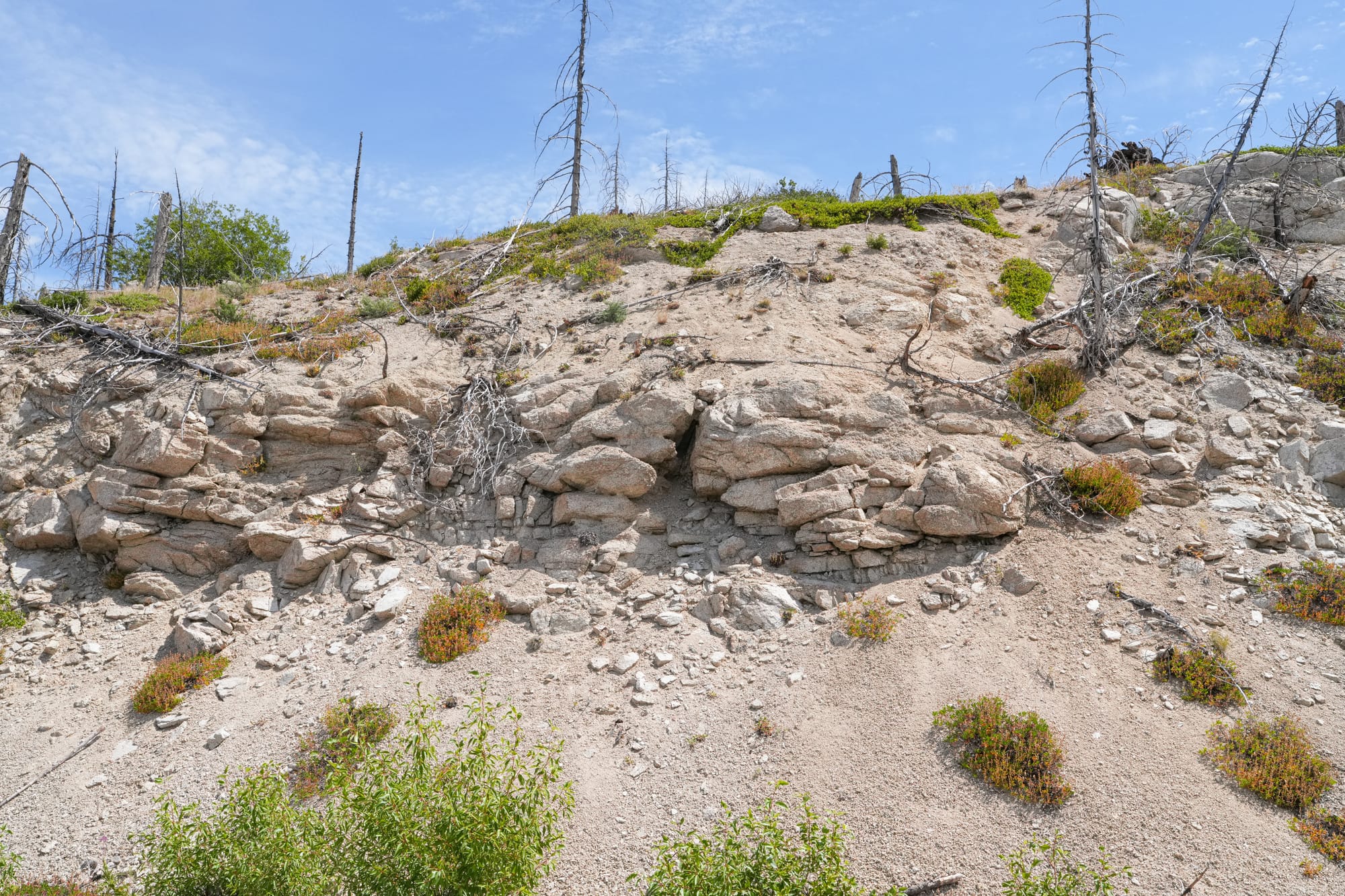
Even more importantly, while organic carbon near the soil surface is quickly taken up by plants and animals and has a short residence time, deeper stores of organic carbon in the saprock help protect ecosystems by providing ongoing and long term supplies of carbon for ecological processes.
It seems odd that there'd be organic carbon in saprock because ultimately it's nothing more than solid rock that's started to crack and weather. But rock has more life in it than you might realize. For example, microbes have been discovered in rocks nearly two miles deep, and researchers at a mine in South Africa discovered 17 species of worms, rotifers, and copepods more than half a mile underground.
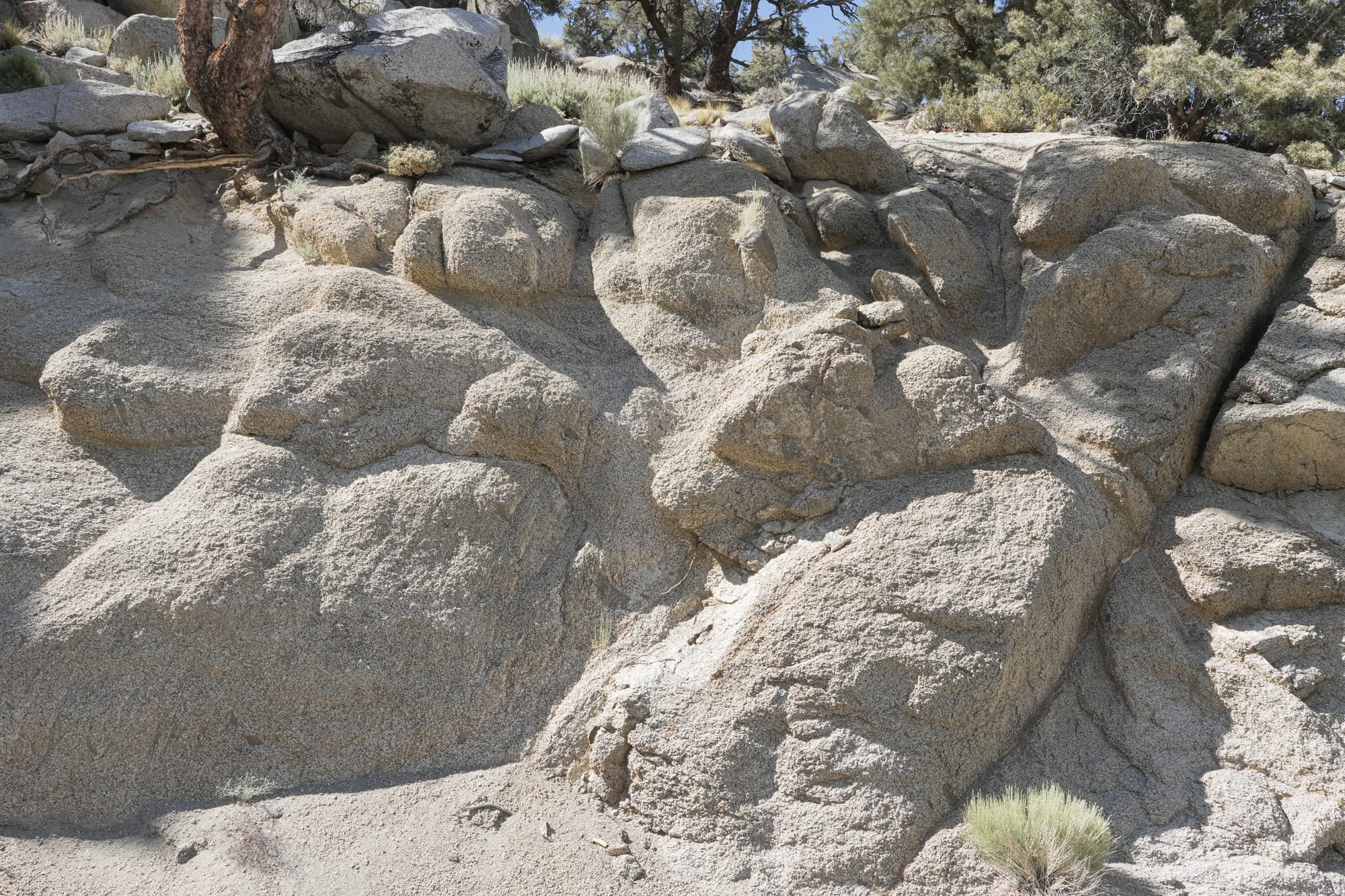
Closer to the surface, fungal hyphae that are following nanocracks (together with microbes living alongside the hyphae) leave behind a significant amount of organic matter when they die, and some of this residual organic matter can be tens of thousands of years old.
So, it's not all rock and soil underneath us! There's a lot more going on down there than you know, and I find it particularly fascinating that there's a specific boundary layer where solid rock begins to transform into a biological system.

Member discussion